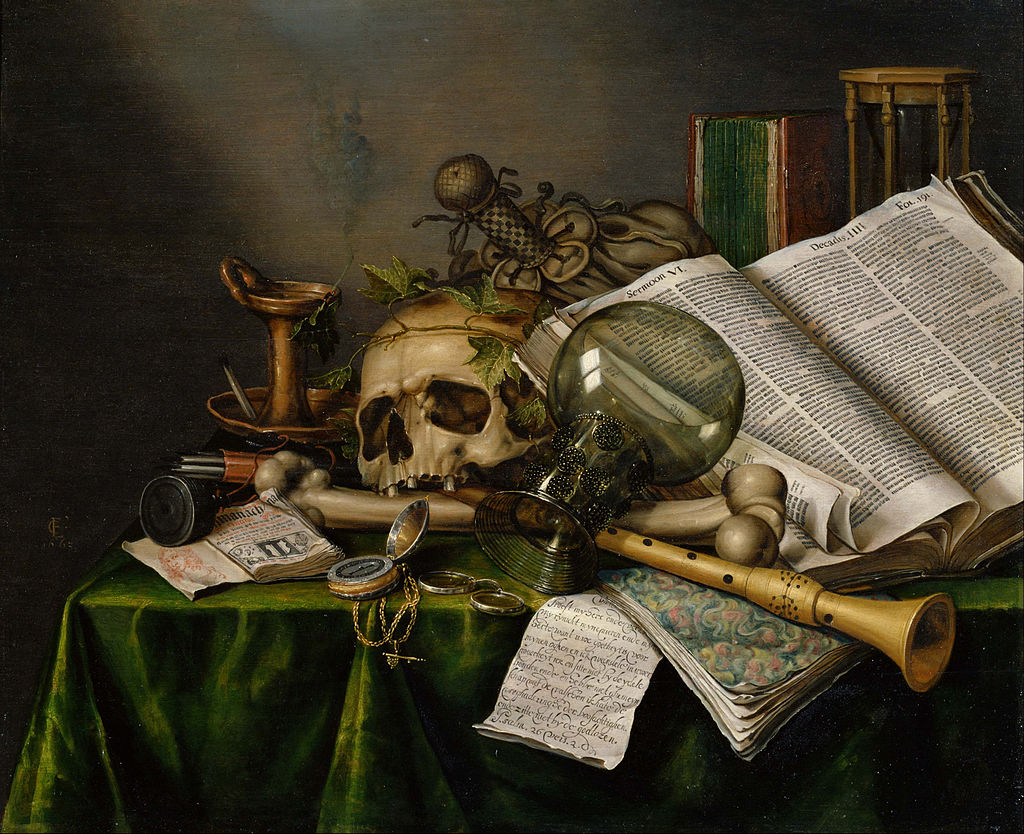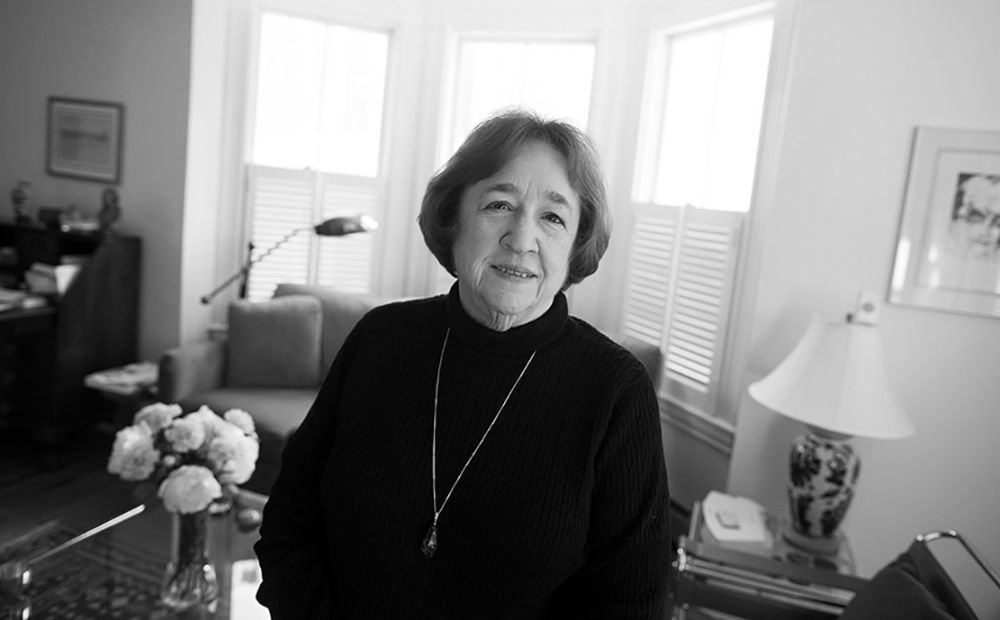Issue 203, Winter 2012

For the past four decades, Susan Howe’s books have explored the word as shape, sound, and image. A haunter of archives, for whom manuscripts and marginalia and indexes are muses, she often works with the materials she finds there: among those mentioned in her 2011 Trilling Seminar at Columbia were scraps of a woman’s dress, seventeenth-century diary entries on reused silk fans, and William Carlos Williams’s poetic jottings on his prescription pad. The result may be a textual collage or a groundbreaking work of criticism, or both. Her My Emily Dickinson (1985, reissued 2007) remains a critical landmark. In the past decade, Howe has ventured into sound art and performance, collaborating with the musician David Grubbs.
Howe’s work summons broad historical vistas, encompassing the violence and possibilities of the American frontier; the lost voices of Native Americans; shunned, exiled, or captive colonial-era women; scorned preachers; the New England landscape; the Adirondack wilds; domestic intimacy; and the obscured brilliance of the linguist and philosopher Charles Sanders Peirce. She is, among other things, a serious war poet: World War II marked her earliest years—she and her mother and her sister, Fanny, traveling across a submarined Atlantic; her father absent while serving in Europe. The English Civil War (1642–51), King Philip’s War (sometimes called the First Indian War, 1675–78), and the American Civil War also appear in her writing. Cities fascinate her as they did two writers she admires, William Carlos Williams and James Joyce: for her, key cities include Buffalo, Cambridge, Boston, Dublin.
As a poet, Howe has been most often associated with the experiments and rigors of the Language School, emergent in the 1970s. Yet her combination of formal invention and historical consciousness recalls modernists like Joyce, Williams, and the poet H. D. as much as her slightly younger contemporaries in the Language movement. She is less difficult than some of her admirers suggest. She occasionally flirts with the unreadable—with words crossed out or phrases collaged and typeset to interfere with one another— yet she is often quite direct. One senses that, for all her instinct for precision, Howe is impatient with confining definitions and descriptions. As she writes in My Emily Dickinson, “Define definition.”
Most of her books contain several discrete works; her most recent, That This, includes a prose elegy for her recently deceased husband, the philosopher Peter Hare; a meditation on the eighteenth-century theologian Jonathan Edwards’s family archives; and photograms by the artist James Welling. In her youth, Howe studied painting, and she is a visual as well as a verbal artist of the page. The page, not the line, is her unit.
Howe and I met three times this past winter and early spring in New York City for long conversations; she was living in New York for several months (leaving her home base of Guilford, Connecticut). We met in my office at NYU, a space not terribly conducive to reverie or rambunctious exchange. Yet Howe put up with the charmless environs and more than rose to the occasion, following up each session with e-mailed further thoughts and clarifications. Her many books were on my desk; we never opened them. The quality of Howe’s attention is fierce yet friendly. She has a darting wit. Howe is in person both delicate and formidable; so, too, her work.
—Maureen N. McLane
INTERVIEWER
When did you start working on Emily Dickinson?
HOWE
Early in the seventies. Discovering Charles Olson’s Maximus Poems IV, V, VI was crucial for the direction my work was taking at the time. He mapped the places I was familiar with—Gloucester, Boston Harbor. Olson showed me what I already knew by instinct, through being half-Irish—that spirit traces in local landscapes resound in particular words on paper.
At the same time, I was reading Richard Sewall’s biography of Dickinson. I wanted to explore the cultural history of Western Massachusetts as a neces- sary part of her voice. My father and his sister Helen had both recently died. I read the Sewell aloud to Aunt Helen during the last week of her life, and she kept asking me to mark passages with a pencil, so that when she was better she could go back and read them again, though we both knew she wasn’t going to get better. The chapter she was anxious for me to mark was on the New England Dickinsons and their heritage—Puritan character traits she recognized in herself. There she was, dying in Manhattan in a comfortable Upper East Side apartment, and she wanted to go home by a trail Dickinson provided. I inherited her copy of the book.
INTERVIEWER
Did these landscapes inhabit you as well?
HOWE
I’ve always felt a tremendous pull between Ireland and America, because of my parents—my mother being Irish, and my father being a New Englander from Boston. I felt torn between them—in the sense of allegiance to the word.
INTERVIEWER
Did your mother come from Dublin?
HOWE
Yes, a Dubliner through and through. Mary Manning. She didn’t come over from Ireland until she was twenty-nine. I was born when she was thirty-two. Yeats directed her in a play as a young girl, and Sara Allgood was her acting teacher at the Abbey. During the twenties and thirties, she was a member of the Gate Theatre company in its early glory days, under Hilton Edwards and Micheál MacLiammóir. She edited their house magazine, Motley, and wrote several plays that were produced, the best known being Youth’s the Season? She gave up her acting career when she came to Boston on a visit to her aunt and met and rather suddenly married my father, Mark DeWolfe Howe. That was in 1935.
During most of my youth he was a professor at Harvard Law School, where he was known for lecturing in perfect sentences without using notes. He believed in the American Constitution the way others believe in the Bible. Just after their marriage he visited Dublin, but that was that. He didn’t like it and never went back. They were voracious readers and both loved reading aloud. Perry Miller—the Harvard professor and historian of Puritanism—dedicated Errand into the Wilderness to them both. I can’t get over that. He and my father shared a love for Cotton Mather’s preposterously baroque prose. Now I treasure my own copy of Mather’s Magnalia Christi Americana, so it must be genetic. As for my mother, she and I read with and to each other, aloud. Shakespeare, the Brontës, Keats, Matthew Arnold, Yeats, Synge, Joyce, Tolstoy, Ibsen—reading was our vital bond.
INTERVIEWER
Was your father authoritarian?
HOWE
Heavens no, he couldn’t have been gentler. But he was definitely hard on himself, self-controlled, in a Puritan sense. After graduating from law school, he was a secretary for the then-ancient Supreme Court justice Oliver Wendell Holmes and later became his official biographer, a task that in the long run hung like an albatross around his neck and probably contributed to his early death. Because of his work on the Holmes archive he was of course much involved in manuscripts. When I was young, Holmes seemed to be a stultifying figure. What did I know about his membership in the Metaphysical Club, the friendships with the James brothers, Minnie Temple, Clover Hooper— Henry Adams’s wife—and Fanny Dixwell—Holmes’s wife—and Charles Sanders Peirce? All these authors and their friends who mean so much to me now.
INTERVIEWER
When you say your parents had differing allegiances to the word, what do you mean?
HOWE
By the time I was thirteen, we had moved several times, but finally we bought a house in Cambridge I am sure we couldn’t afford and there we stayed, and the room we called the study was its heart. My father came home from work regularly every day around six o’clock. Then my parents had cocktails in the study and we gathered with them there before supper. That’s where all the books were. Two of the walls were completely lined with bookcases. On one were classics and sets, histories, and reference books—sets of histories by Parkman, and British classics like Dickens—they both loved Dickens— Trollope, George Eliot, that sort of thing. Nothing was ever alphabetically arranged. It was helter-skelter. On the other wall were my mother’s books. They were almost all Irish. Poetry and plays. Yeats of course, Elizabeth Bowen, Austin Clarke, Joyce, Synge, Shaw, Ernie O’Malley, biographies of Jonathan Swift, narratives of the Easter Rebellion and the Irish Civil War—some very tattered, which gave them an air of having been carried through danger. In my imagination the divided bookshelves were separate worlds. I used to just love looking at the spines and their varieties. Wandering and looking. In my mind I divided them into sides. One was American-English—settled, true. The other was Irish-English—unsettled, secret.
INTERVIEWER
Did you spend time in Ireland?
HOWE
Yes. I was born in 1937. My mother and I spent the summer of 1938 in Dublin. I have only shadow memories under the surface of family photographs of that first visit. We returned to Boston on a ship called the Transylvania packed with refugees fleeing various European countries. She said you could hear weeping at night from the cabins around us.
In 1947, when it was finally safer to cross the Atlantic, my mother, my sister, Fanny, and I flew to Ireland. The flight took two days—we stopped overnight at Gander in Newfoundland, then landed at Shannon, where we boarded a tiny plane for Dublin. It bounced around violently while all the passengers vomited into paper bags. That’s the first Irish summer I remember. I was ten. It was bliss. My mother was one thing in America, but here was the part of her Fanny and I didn’t know. It was all infinitely rich in things connected with the ear. The soft and varied voices of my Irish relations blended with the landscape around Dublin—mountains, sea, and sky. Through her, I encountered a few surviving relics from the early days of Celtic revival. Spiritualists, actors, and authors in the Yeatsian turn-of-the-century mode were still staggering around. My God, they could be funny! I remember cross-eyed Olivia Robertson and our visits to Huntington Castle. She and her even odder brother later built a temple to Isis there, where they and others worshipped. All the emotions the landscape around Killiney and Dublin Bay and the Wicklow hills raised in me at ten came alive when, in my early teens, I read A Portrait of the Artist as a Young Man. I felt my soul was Irish and I belonged there, not here. When I graduated from high school I went straight back over. I followed my mother back into the Gate Theatre. In other words, I did what she wanted me to do, which was a mistake.




